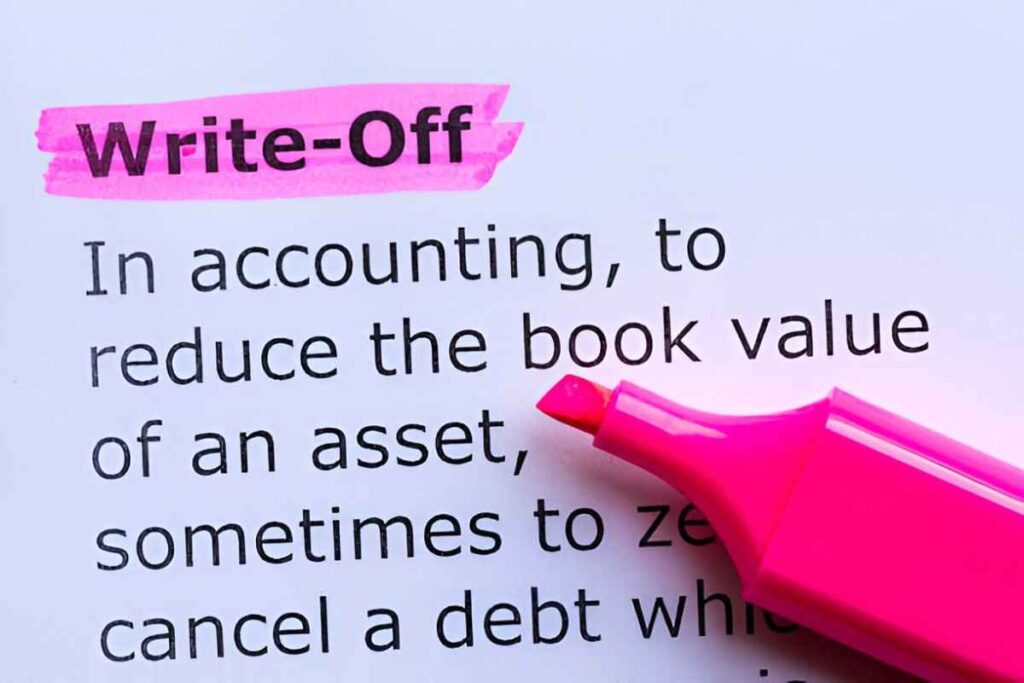As a business owner, investor, or anyone interested in financial management, you’ve probably heard of the term “cash flow.” It’s a crucial concept in assessing the financial health of a company, and when cash flow is negative, it can lead to serious concerns. But what does negative cash flow actually mean? How can it affect a business? And, more importantly, how can you address it?
Table of Contents
What is Cash Flow?
Before diving into negative cash flow, let’s first clarify what cash flow is. Cash flow refers to the movement of money into and out of a business. It includes all the inflows and outflows of cash within a given period. In simple terms, it’s the money a company receives (inflows) and spends (outflows).
Cash flow can be broken down into three categories:
- Operating Cash Flow: Cash generated from a company’s core business activities, such as selling products or services.
- Investing Cash Flow: Cash related to investments in assets like property, equipment, or securities.
- Financing Cash Flow: Cash received from or paid to external financiers, such as banks or investors.
A positive cash flow indicates that more money is coming in than going out, which is a sign of a healthy business. On the other hand, negative cash flow indicates that a company is spending more than it is earning, which can be a cause for concern.
What is Negative Cash Flow?
Negative cash flow means that the outflows (expenses) exceed the inflows (revenues) during a particular period. This can occur for various reasons, including:
- High Operating Costs: If a company’s expenses are too high relative to its revenue, it will result in negative cash flow. This can include things like payroll, rent, and utilities.
- Low Sales or Revenue: If a company is struggling to generate sales or income, it might find itself with negative cash flow, even if its expenses are relatively low.
- Investments and Expansion: Sometimes, businesses intentionally spend more money than they earn in the short term, especially when they are investing in future growth. For instance, a startup may incur high initial costs for research and development.
- Debt Repayment: Companies with large amounts of debt may experience negative cash flow if they are paying more in debt repayments than they are generating in revenue.
Negative cash flow is not always a sign of trouble, especially if it’s due to strategic investments or growth plans. However, if it persists for an extended period without a clear path to profitability, it can indicate financial distress.
The Importance of Monitoring Cash Flow
Why is cash flow so critical? As the old saying goes, “Cash is king.” Even if a business is profitable on paper, it can still run into trouble if it doesn’t have enough cash on hand to cover its immediate expenses. This is where cash flow comes into play.
Having a good cash flow allows businesses to:
- Pay employees, suppliers, and bills on time
- Invest in growth opportunities
- Avoid taking on unnecessary debt
- Maintain financial flexibility during tough times
If a business runs into negative cash flow consistently, it might struggle to pay its bills and meet its financial obligations. This can lead to credit problems, loss of suppliers, and even bankruptcy.
Example of Negative Cash Flow: A Case Study
Let’s consider an example to better understand negative cash flow in a practical setting.
Company ABC’s Monthly Cash Flow
- Inflow:
- Sales revenue: $100,000
- Investment income: $10,000
- Total inflow: $110,000
- Outflow:
- Operating expenses (rent, salaries, utilities): $90,000
- Loan repayment: $25,000
- Equipment purchase: $30,000
- Total outflow: $145,000
In this case, the company has total inflows of $110,000, but its outflows are $145,000, which results in a negative cash flow of $35,000.
This situation can arise from a business investing heavily in assets (e.g., purchasing equipment) or having high operational costs. While the company is still generating revenue, its cash position has decreased due to these significant outflows.
Cash Flow Calculation
To better understand the figures, here is the formula for calculating cash flow:
\text{Cash Flow} = \text{Total Inflows} - \text{Total Outflows}For Company ABC, this looks like:
\text{Cash Flow} = 110,000 - 145,000 = -35,000A negative result indicates that the company is spending more than it is earning, leading to a cash deficit of $35,000.
Causes of Negative Cash Flow
There are various reasons why a business might experience negative cash flow, ranging from poor sales performance to strategic investments. Below are some common causes:
1. Poor Revenue Generation
If a company is unable to generate enough revenue, it will face negative cash flow. This could be due to ineffective marketing, low product demand, or intense competition.
2. High Operating Expenses
Running a business can be expensive, and if operating costs (like wages, rent, or materials) increase significantly, it can result in negative cash flow, even if the company is generating adequate revenue.
3. Heavy Debt Load
For companies with large debts, repayments can take a significant portion of available cash, leading to negative cash flow.
4. Capital Expenditures (CapEx)
When a business spends heavily on new equipment, property, or other long-term assets, it can experience negative cash flow in the short term. These are considered investments in the business’s future, and while they reduce cash in the present, they may lead to increased revenues over time.
How to Address Negative Cash Flow
Addressing negative cash flow requires a combination of strategies, depending on the cause of the problem. Here are a few approaches:
1. Increase Revenue
One of the most straightforward ways to improve cash flow is to increase revenue. This can be achieved by:
- Improving sales and marketing efforts
- Launching new products or services
- Expanding into new markets
2. Reduce Expenses
Cutting unnecessary expenses can improve cash flow. This could mean renegotiating supplier contracts, reducing payroll costs, or finding ways to operate more efficiently.
3. Improve Collections
If a company has a large amount of outstanding receivables, it can experience negative cash flow. Improving collections and ensuring customers pay on time can help alleviate cash flow issues.
4. Restructure Debt
If debt repayments are a significant factor in negative cash flow, a company might consider restructuring its debt. This could involve negotiating lower interest rates or extending repayment terms.
5. Consider Short-Term Financing
In cases of temporary negative cash flow, a business may seek short-term financing options, such as a line of credit or a short-term loan, to cover cash shortages. However, this should be done carefully to avoid worsening the situation.
Conclusion
Negative cash flow is a common challenge that many businesses face at some point. It’s important to understand that negative cash flow does not necessarily mean the business is failing. It can be a result of strategic investments, high operating costs, or temporary setbacks. However, if left unaddressed, it can lead to long-term financial problems.





